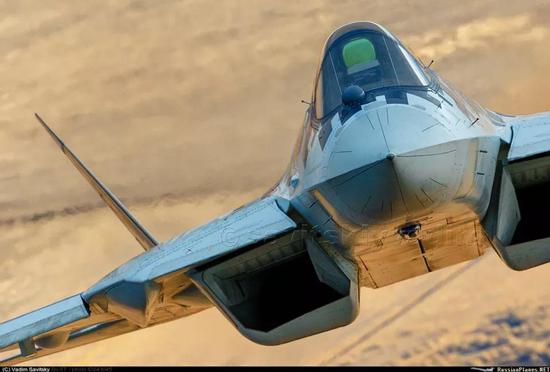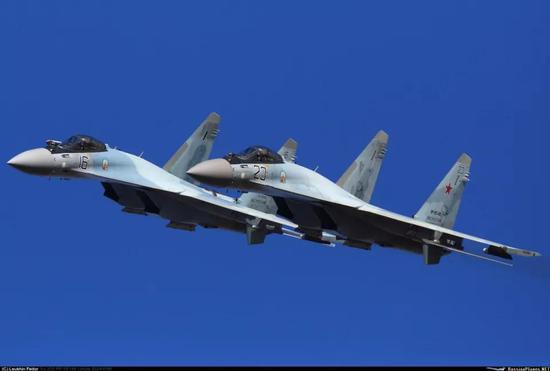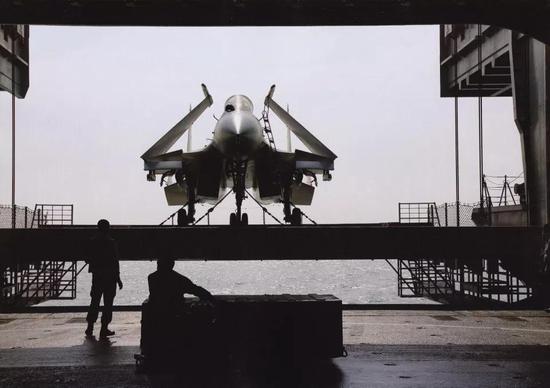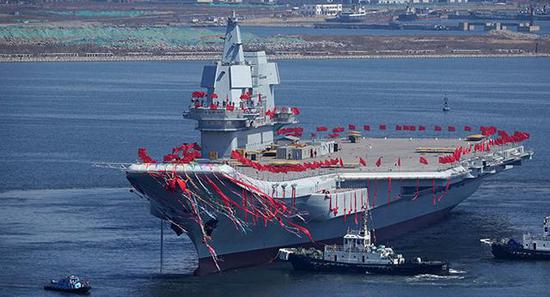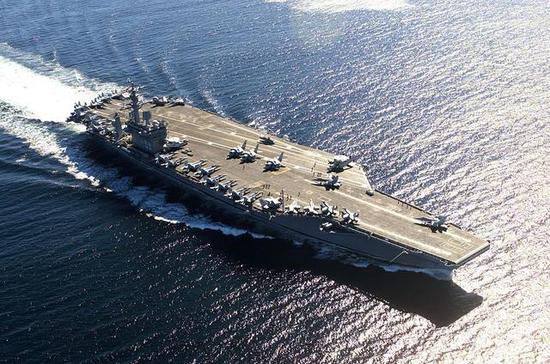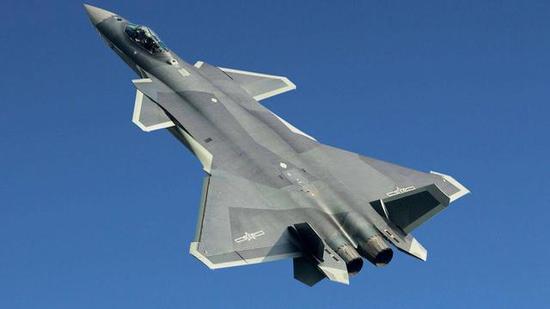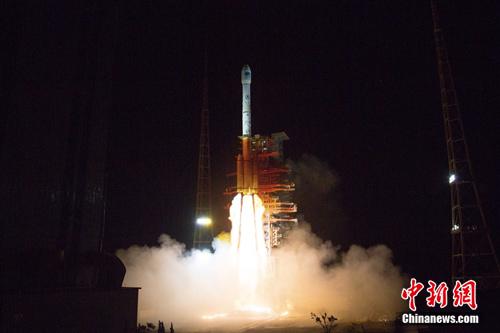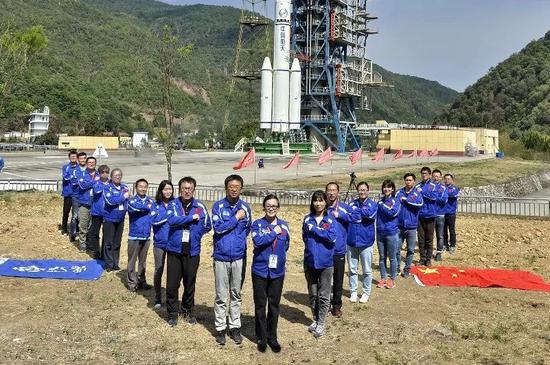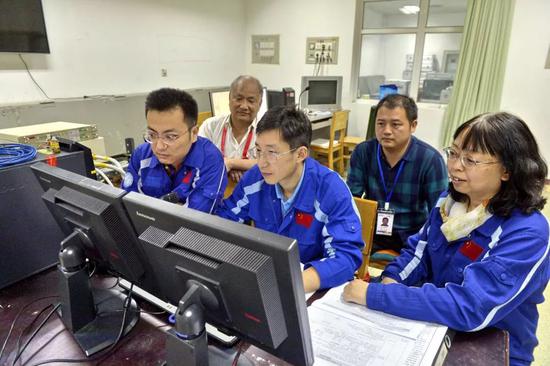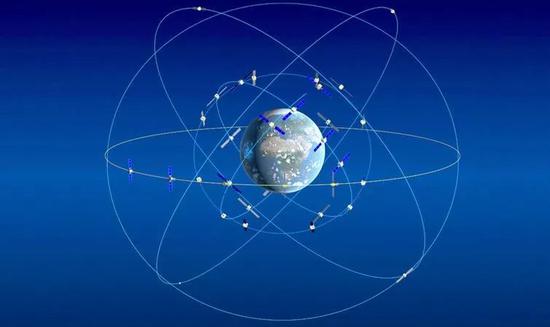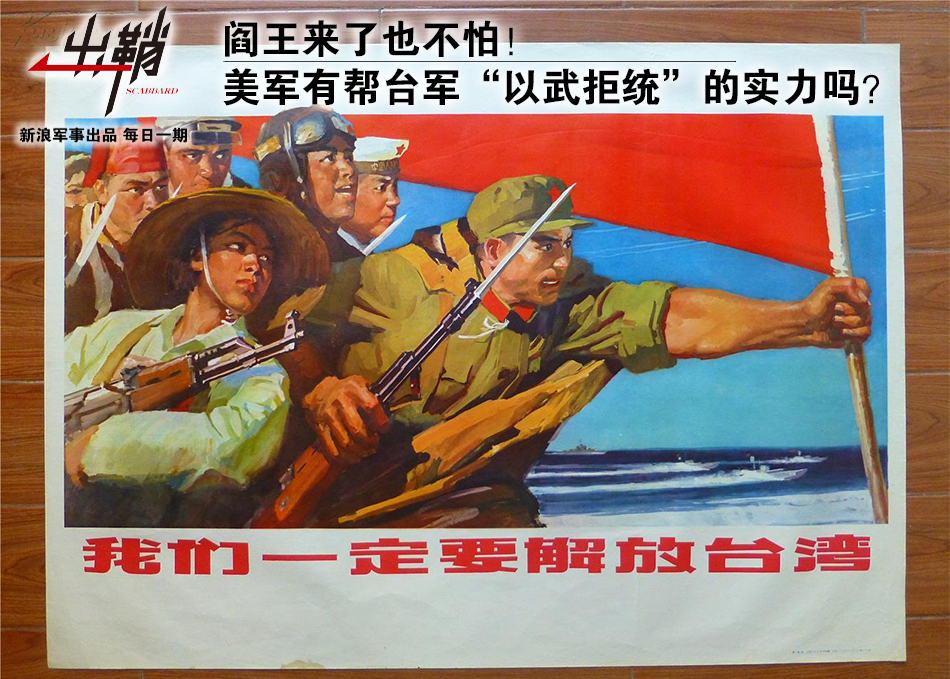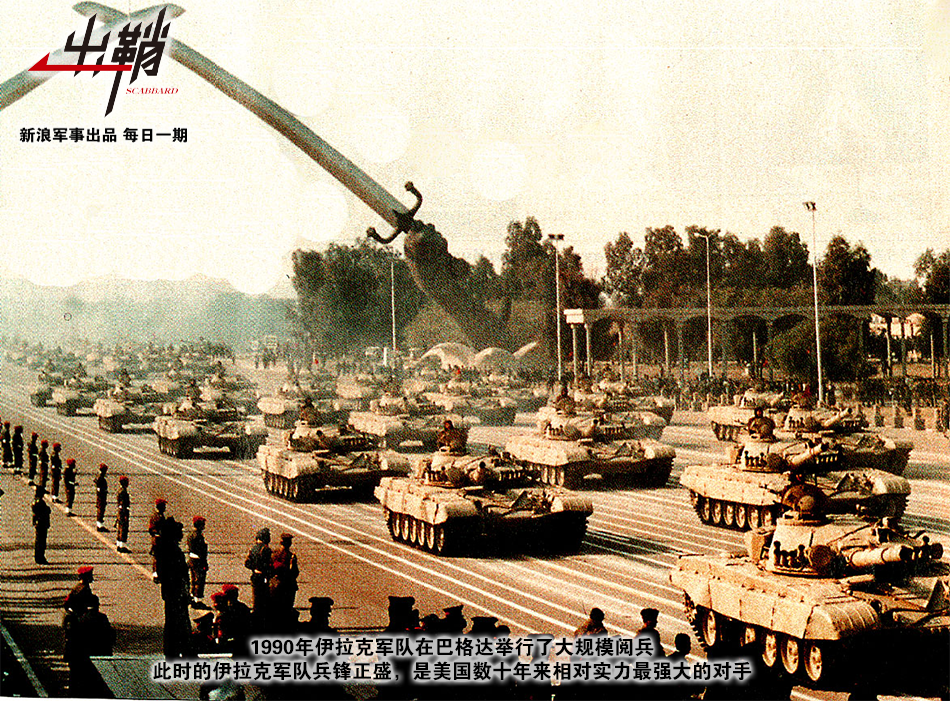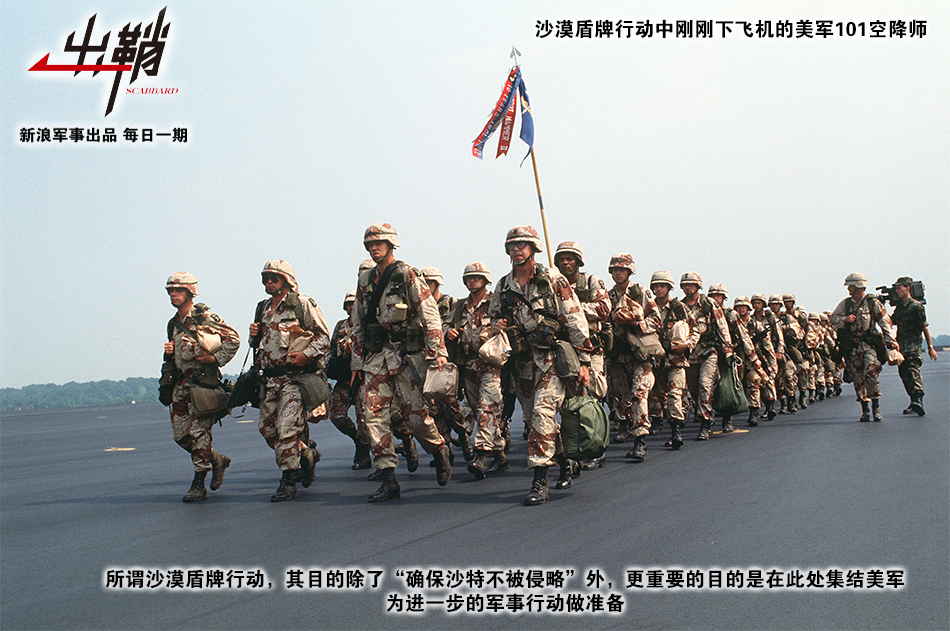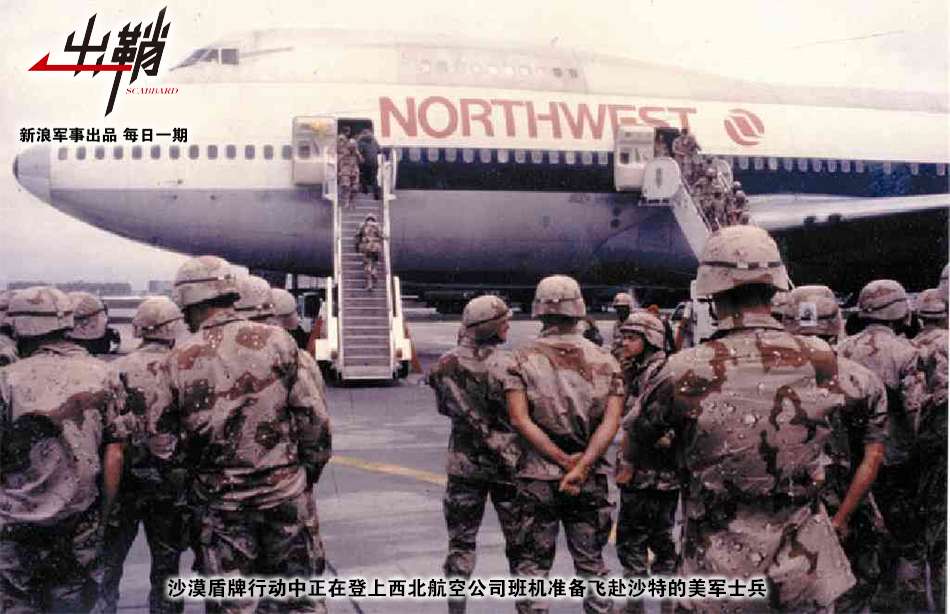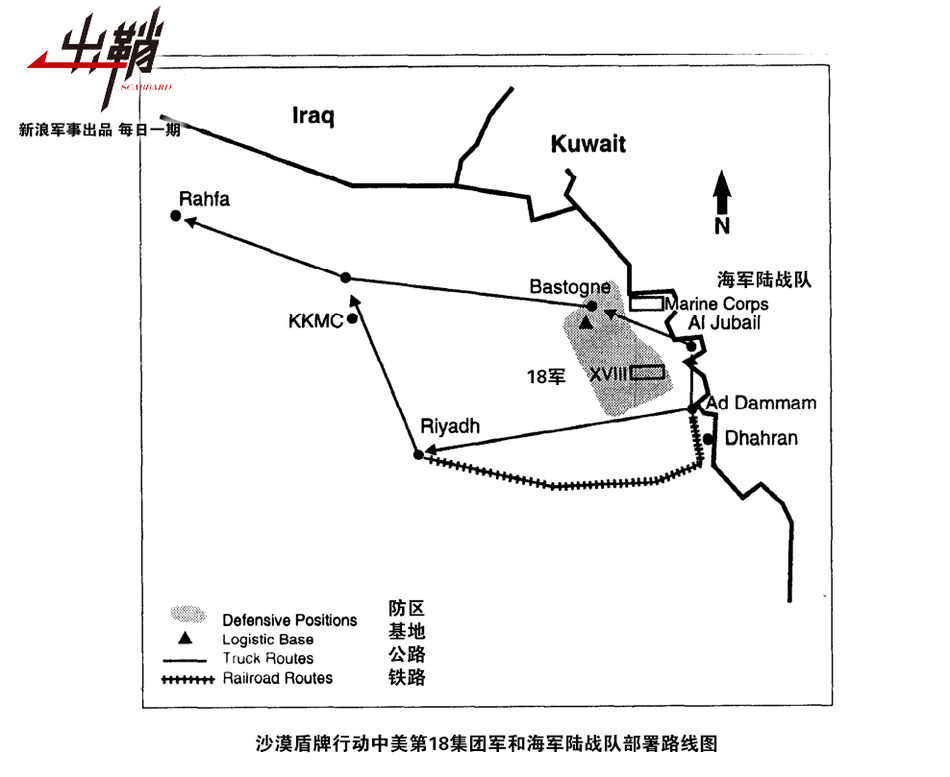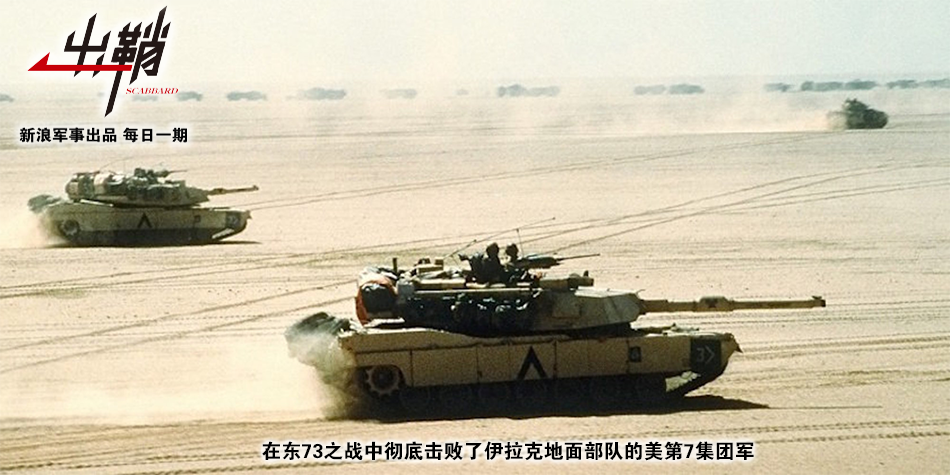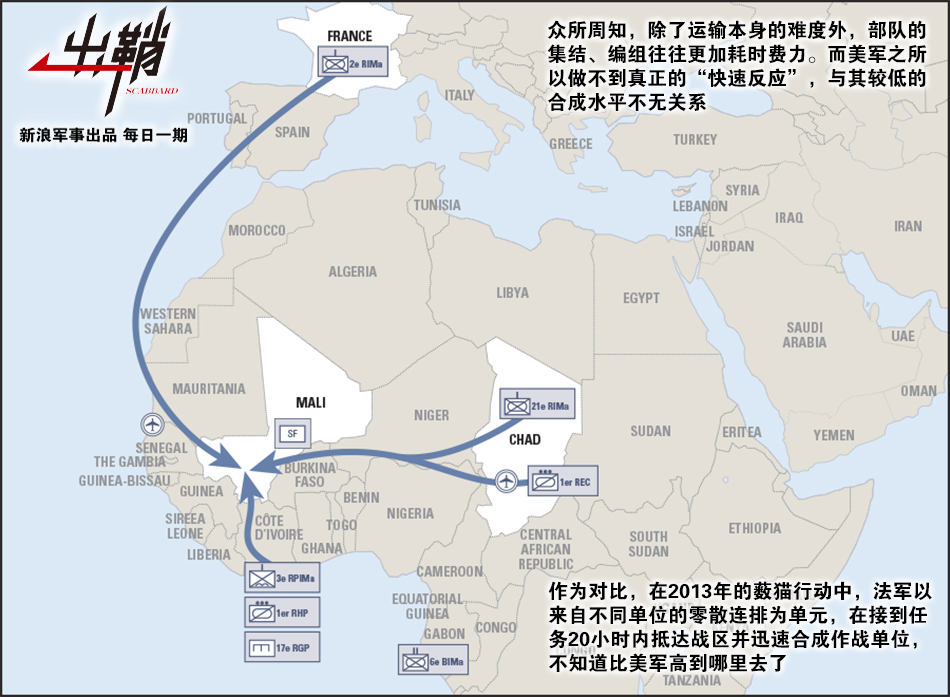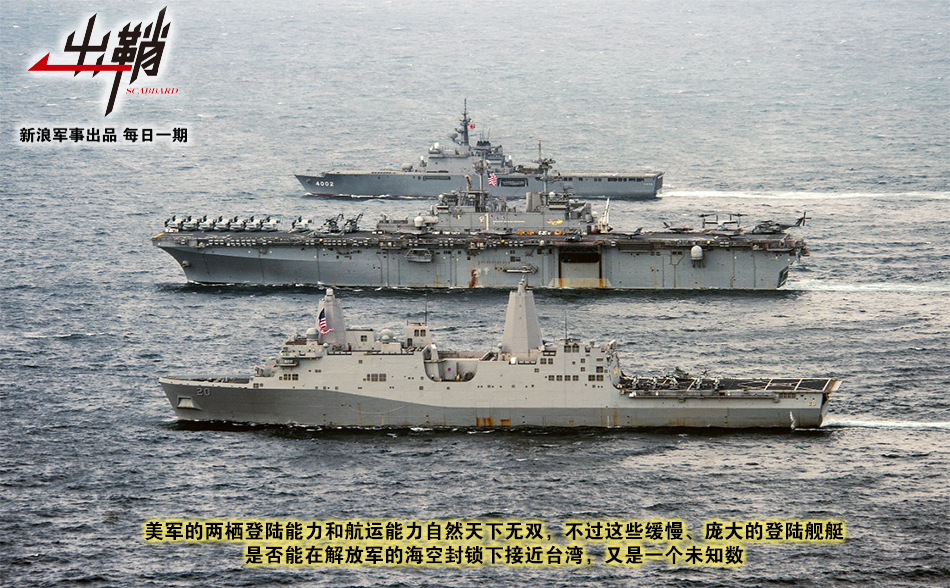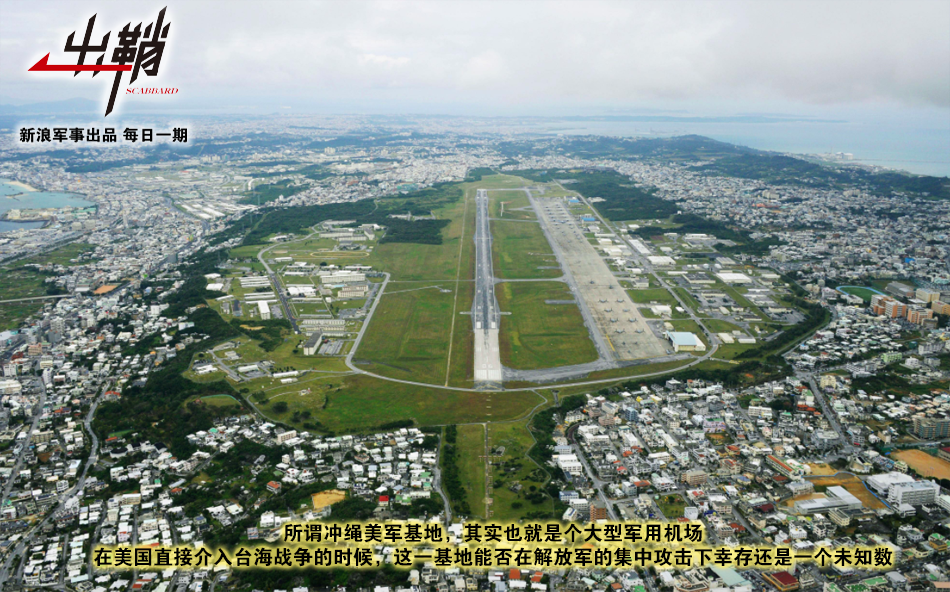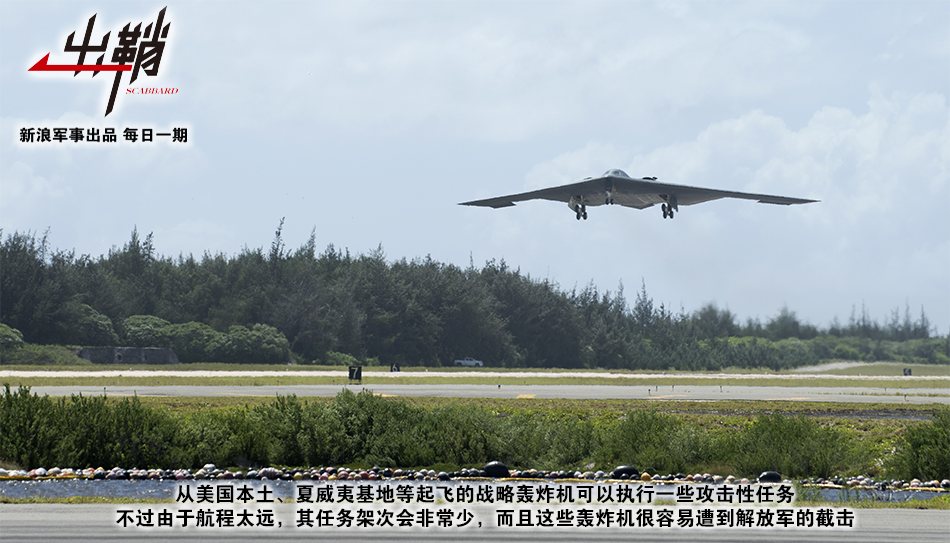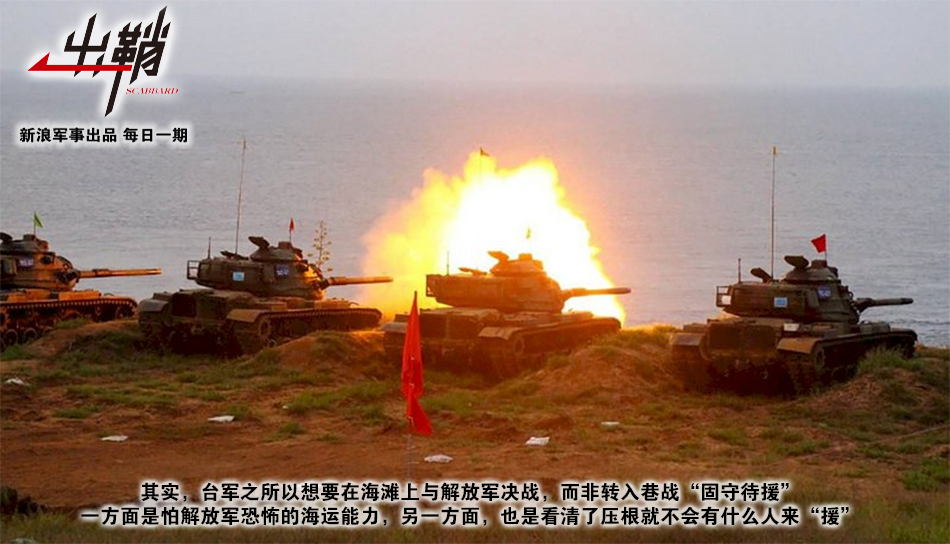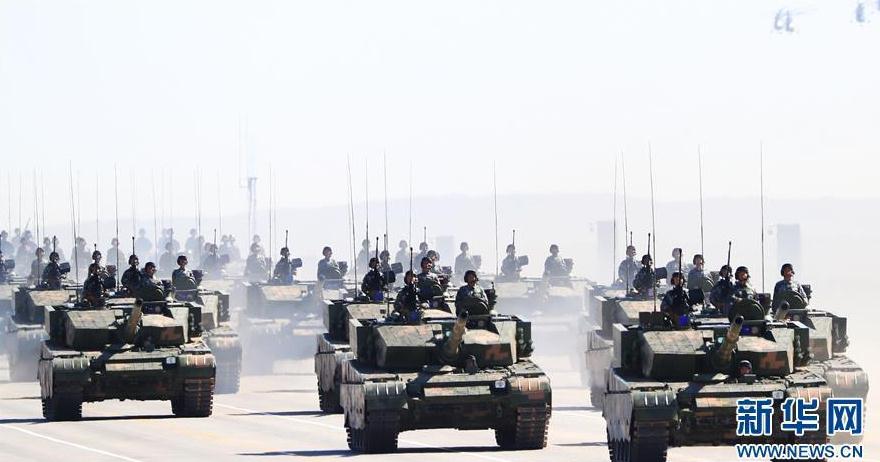https://www.rt.com/op-ed/459608-south-china-sea-military-iran/
US is heading toward a looming maritime showdown… but not with Iran
Darius Shahtahmasebi is a New Zealand-based legal and political analyst, currently specializing in immigration, refugee and humanitarian law.
Published time: 17 May, 2019 15:01
Get short URL
FILE PHOTO The Ronald Reagan Strike Group ship's aircraft carrier USS Ronald Reagan conduct an exercise with the Japanese Maritime Self-Defense Force ships © U.S. Navy/Handout via REUTERS/Mass Communication Specialist 2nd Class Kaila V. Peter
There are many indications that the United States and China are creeping towards a potential conflict in the South China Sea. When the motivations behind this war become clear the stakes become that much more serious.
While the world is drumming up a potential maritime showdown between the US and Iran (yet again), Western media is conveniently ignoring a potential looming conflict in the South China Sea, one that has been building up for years.
Recent developments
Just
last week, naval vessels from Japan, the US, India, and the Philippines sailed through the South China Sea in an almost week-long military drill aimed at containing China’s expanding influence in the region. As it happens, China’s renewed friendship with the Philippines under the rule of Rodrigo Duterte has been short-lived and is not exactly going as planned.
Duterte, who has signalled he wants to turn his country away from the US and work more closely with China, even disregarding an international arbitration ruling which ruled in favour of the Philippines, has had his work cut out for him. For example, he must reckon with two former Filipino officials who filed a complaint with the International Criminal Court (ICC) over China’s activities in the South China Sea. He also has to deal with what he feels is the to-ing and fro-ing between the US and China on a regular basis. Should the Philippines be forced to defend any of its claimed territories from China, Washington has
signalled that it is committed to defending the Philippines against China due to a mutual defence treaty between the two nations.
Also on rt.com ‘Violation of sovereignty’: Beijing warns US incursion into South China Sea ‘undermined peace’
And just
last Monday, the Philippines high court instructed multiple agencies, including the Philippine Navy, police and the Coast Guard to protect reefs and marine life in Scarborough Shoal, Second Thomas Shoal and Mischief Reef. According to presidential spokesman Salvador Panelo, the government is now “
duty bound” to enforce the court order.
Not to mention that a multilateral military drill, which saw the Philippines teaming up with India – China’s major competitor in the Indo-Pacific region – and Japan – China’s historic rival, should tell everyone all they need to know about where this is headed.
READ MORE: US warships sail through disputed South China Sea as Trump prompts trade war escalation with Beijing
Furthermore, the US Navy’s operations chief, Admiral John Richardson, just went on the record to
state that he would like to see Australian and Indonesian maritime forces have a greater naval presence in the South China Sea, encouraging the two nations to take part in what the US calls “
freedom of navigation” operations.
So far, Australia has declined to take part in freedom of navigation operations in the South China Sea within 12 nautical miles of territories claimed by China, though it has certainly played its hand at
rattling Beijing in the region as much as possible. Indonesia, on the other hand, opened a military
base on Natuna Besar Island, which is located at the southern edge of the South China Sea.
For what it’s worth – the US would do well not to count on Indonesia. When it isn’t subjugating
West Papua, Jakarta appears to be more interested in
fighting with China’s regional foes in the South China Sea rather than confronting China itself.
China’s response
Beijing, for its part, is not taking these developments well. In a recent editorial piece, state-owned newspaper the Global Times made it clear that China had to continue to build its navy in order to deter Washington from waltzing freely into the South China sea.
“
Only if the Chinese navy is sufficiently strong will US warships dare not wilfully enter China’s offshore waters to flex their muscles,” the newspaper wrote. “
A strong Chinese navy is the guarantee for peace and stability of the South China Sea and even the whole world.”
As such, it does appear that China is making plans of its own should a conflict break out. Last month, China
carried out a series of military exercises on the south and north ends of Taiwan. This is true even while the Taiwan Relations Act compels the US to defend Taiwan from Chinese military aggression, despite the fact Washington purportedly adheres to China’s “One China” policy.
Also on rt.com ‘Stop arms sales & military contact’: Beijing warns US against selling F-16s to Taiwan
Fully aware that Beijing will have to project its military power in the region in order to defend its interests, just this week, China unveiled two new naval destroyers, part of a fleet of 20, equipped with 256 missiles. One such missile has been referred to as China’s “
deadliest anti-ship cruise missile (ASCM), the vertically-launched YJ-18 ASCM.”
While completely overlooked by the media, there might actually be a reason why the Trump administration has so heavily
targeted China’s steel production industry in its ill-advised trade war with Beijing. It transpires that the low cost of steel is one of the factors that has
enabled China to press ahead with building these warships at a decently-rapid pace. Maybe this also explains why, when tariffs were first invoked under section 232 of the Trade Expansion Act of 1962, the rationale was that it was on the grounds of “
national security.”
READ MORE: Pentagon sounds alarm over military ‘expansion’ of China… which only has one base abroad
Forget Iran. It will become a major “
national security” catastrophe for the US when a hardened and emboldened Chinese military and navy with
hypersonic missiles has complete control of this geostrategic location. Trillions of dollars of trade pass through this
region annually, representing about one-third of global shipping.
According to the Council on Foreign Relations, the South China Sea has an estimated 11 billion barrels of untapped oil and 190 trillion cubic feet of natural gas.
Think of it like a small Iraq or Iran buried under the sea, which the US doesn’t want China to claim for itself.
It is for this very reason that the Philippines took China to the Permanent Court of Arbitration at the Hague in 2016, due to the monumental gas deposits and lucrative fishing grounds in the disputed territory. It is the same reason that just last month, Duterte threatened to deploy soldiers after Chinese vessels sailed near a Philippine-claimed island in the region.
When you look at the natural resources, particularly oil and natural gas, which are at stake, the context for that conflict starts to make a lot more sense.
You don’t have to believe me – I am after all just a lowly writer who happens to be based in the Pacific region. But then again, the Council on Foreign Relations did
designate the looming conflict in the South China Sea as one of the top conflicts to watch out for this year, stating that it was assessed to be a top tier priority for the US in 2019.
You also have to bear in mind that, without fail, virtually
every US military
report that has come to the public light has heavily fixated on Russia and China, with previous threats such as Al-Qaeda or Islamic State (IS, formerly ISIS) barely receiving a mention. Previous heavier threats such as North Korea and Iran have essentially been dethroned to a lesser status.
Rules-based international system
While the so-called Russiagate scandal, and many other pointless scandals continue to dominate Western airwaves, little attention is given to the laws that actually get passed under the Trump administration which provide us with a glimpse of what this administration is really about. For example, the
Asia Reassurance Initiative Act (ARIA), passed on the very final day of 2018, compels the US to “
develop a diplomatic strategy that includes working with United States allies and partners to conduct joint maritime training and freedom of navigation operations in the Indo-Pacific region, including the East China Sea and the South China Sea, in support of a rules-based international system benefiting all countries.”
Yes, because when I think of the US invading Iraq, Libya, Vietnam, Korea, Afghanistan, destroying Yemen, and threatening to go to war with Iran, Venezuela, and North Korea, I certainly picture a rules-based international system benefiting all countries.
More notably, however, the act also heavily focuses on Washington’s relationship with Taiwan, supporting the transfer of “
defense articles” to the self-ruled island. It is becoming quite evident that the US will come to Taipei’s aid should war break out between China and Taiwan – and this may be a lot more
likely than the international media appear to let on.
Also on rt.com The US just ‘invaded’ an island in the East China Sea & no one noticed
It rarely gets the headlines it deserves, but the US is
preparing for war in this part of the world, and has been for some time. Not only that, but the Trump administration is apparently absolving itself of any responsibility should this showdown ignite into something more concrete, by
giving decision-making authority to the US military, including the Indo-Pacific Command.
The next time there is a US presidential debate between prospective candidates, see how many times one of them is asked the question: “
Will you give authority to the US military in the South China Sea to go to war with China without any form of democratic oversight?”
Or just count how many times the South China Sea, or the Indo-Pacific Command, or any of the above-mentioned buzzwords get talked about at all.
As always, what is a potentially devastating issue will be largely ignored until we reach a point of no return. Don’t get me wrong, a war with Iran is the ultimate dream for the neocons in Trump’s administration like John Bolton, but Bolton’s
propensity to deceive us should be all the more reason to play close attention to an even greater conflict which continues to progress right under our noses.
Think your friends would be interested? Share this story!
The statements, views and opinions expressed in this column are solely those of the author and do not necessarily represent those of RT.

